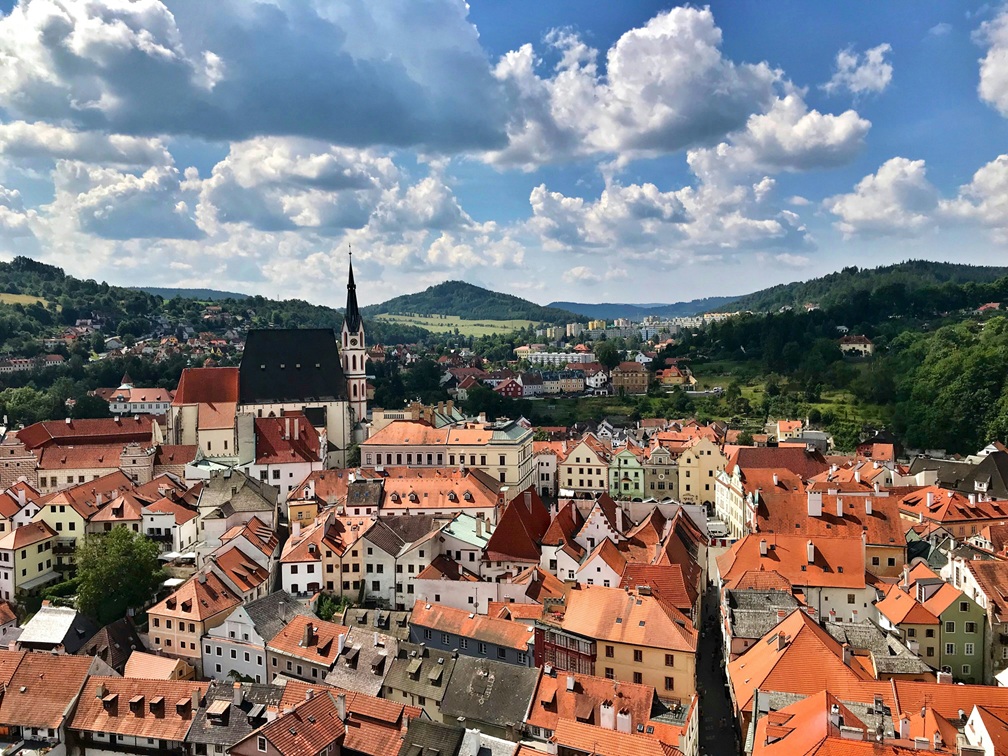The Central and Eastern Europe (CEE) region has become a hotspot for innovation, with its ecosystem gaining increasing attention. Despite the peak of AI hype occurring over a year ago, 2025 mark a new phase—one focused on efficiently implementing technology across industries, particularly in CEE.
As someone originally from Ukraine and now an active supporter of Scottish Business Network I would like to explore why the CEE region has emerged as a leader in innovation and why its startup ecosystem is so appealing for potential partnerships.
Pervasive AI Adoption
It is becoming increasingly challenging to find industries where AI has not been implemented. Even in complex and highly regulated sectors like medicine, law, and defence, AI is already making an impact. Over the last few years, startups in these fields have attracted significant funding, demonstrating AI’s potential despite additional regulatory challenges that may slow the pace of development. This momentum is further amplified in the CEE region.
Geopolitics Driving Technological Development
The geopolitical situation, particularly the war in Ukraine, has acted as a significant catalyst for technology development in CEE. Over the past two years, the conflict has spurred the rapid emergence of a military tech industry, building robust capabilities from scratch. Military technology, particularly the development of advanced drone systems, is becoming foundational to innovations that will likely influence other sectors such as robotics and logistics.
Cross-Industry Impact of Military Tech
The advancements in military technology are spilling over into civilian industries. Robotics, logistics, and agriculture are all benefiting from innovations initially designed for defense purposes. This cross-pollination has created an ecosystem where startups are actively collaborating with governments to streamline regulatory processes and ensure the long-term usability of these technologies. These partnerships accelerate the deployment of cutting-edge solutions across various industries, positioning the CEE region as a hub of innovation.
Warsaw: A Rising Technology Hub
In recent years, the relocation of talent and technology investments has positively impacted cities like Warsaw, positioning it as one of Europe’s leading tech hubs. With growth rates rivaling those of London, Warsaw has earned recognition as the top city among Central and Eastern European cities in the prestigious Financial Times “European Cities & Regions of the Future” ranking.
Warsaw’s appeal lies in its combination of world-class engineering talent and cost-effective labor. The region is home to renowned companies like Bolt and Booksy and hosts offices for global giants such as Google, Meta, and Microsoft. This thriving ecosystem continues to attract venture capital, with €118 million invested in Poland during the third quarter of 2023 alone, as reported by PFR Ventures.
Vibrant Venture Capital Scene
Poland’s venture capital (VC) ecosystem is one of the most active in the CEE region, with over 200 VC firms operating in the country. In 2023, 399 companies raised €466 million from 210 funds. This dynamic environment fosters innovation across diverse industries, attracting entrepreneurs from Poland, Ukraine, Belarus, and beyond.
Post-War Investment Opportunities
The rebuilding of Ukraine represents a significant market opportunity for startups and established companies alike. Geopolitics plays a crucial role here, with resources being allocated to areas such as security, engineering, urban development, and health. Companies are already positioning themselves to capitalize on these opportunities, demonstrating the market’s potential.
A notable event in this context was the “ReBuild Ukraine: Construction and Energy” exhibition held at EXPO XXI in Warsaw on November 13th. The event attracted over 5,500 participants and showcased innovations from more than 500 companies, all aimed at supporting Ukraine’s reconstruction.
Summary
By the end of 2024, the CEE region’s tech ecosystem showcased remarkable growth and rapid expansion. Poland, in particular, has emerged as a standout player, with one of the highest growth rates in Europe. The war in Ukraine has driven innovation in military technology, which, in turn, is shaping advancements in civilian industries. Additionally, companies are gearing up for the rebuilding of Ukraine, creating new opportunities and avenues for investment.
The combination of geopolitical factors, world-class talent, and a vibrant startup culture makes the CEE region an attractive destination for innovation and growth. As technology professionals converge in key cities like Warsaw, the stage is set for the CEE ecosystem to continue its upward trajectory, cementing its role as a leader in global technology development.
